Simon A. Lee
Clinical ModernBERT: An efficient and long context encoder for biomedical text
Apr 04, 2025
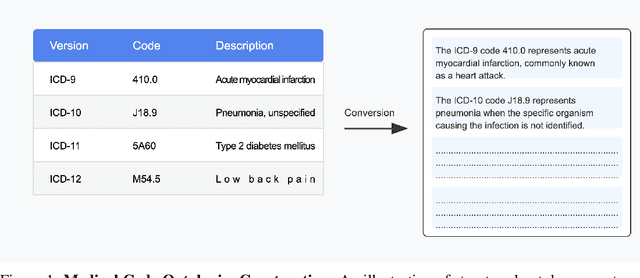

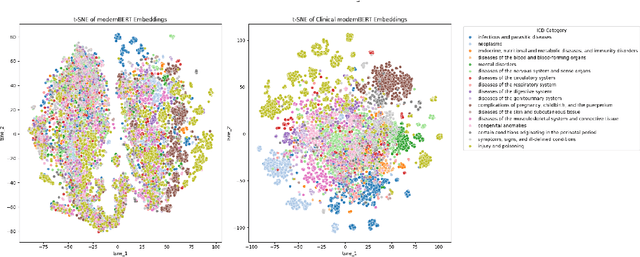
Abstract:We introduce Clinical ModernBERT, a transformer based encoder pretrained on large scale biomedical literature, clinical notes, and medical ontologies, incorporating PubMed abstracts, MIMIC IV clinical data, and medical codes with their textual descriptions. Building on ModernBERT the current state of the art natural language text encoder featuring architectural upgrades such as rotary positional embeddings (RoPE), Flash Attention, and extended context length up to 8,192 tokens our model adapts these innovations specifically for biomedical and clinical domains. Clinical ModernBERT excels at producing semantically rich representations tailored for long context tasks. We validate this both by analyzing its pretrained weights and through empirical evaluation on a comprehensive suite of clinical NLP benchmarks.
FEET: A Framework for Evaluating Embedding Techniques
Nov 02, 2024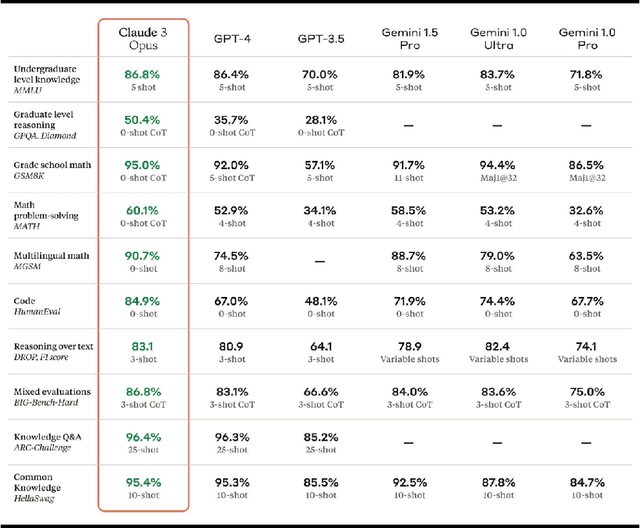


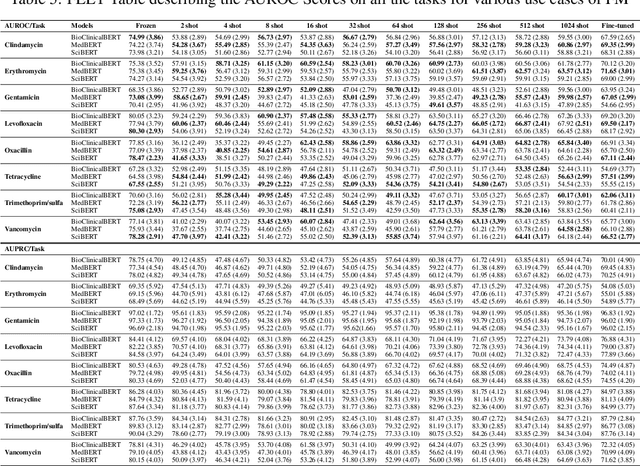
Abstract:In this study, we introduce FEET, a standardized protocol designed to guide the development and benchmarking of foundation models. While numerous benchmark datasets exist for evaluating these models, we propose a structured evaluation protocol across three distinct scenarios to gain a comprehensive understanding of their practical performance. We define three primary use cases: frozen embeddings, few-shot embeddings, and fully fine-tuned embeddings. Each scenario is detailed and illustrated through two case studies: one in sentiment analysis and another in the medical domain, demonstrating how these evaluations provide a thorough assessment of foundation models' effectiveness in research applications. We recommend this protocol as a standard for future research aimed at advancing representation learning models.
Text Serialization and Their Relationship with the Conventional Paradigms of Tabular Machine Learning
Jun 19, 2024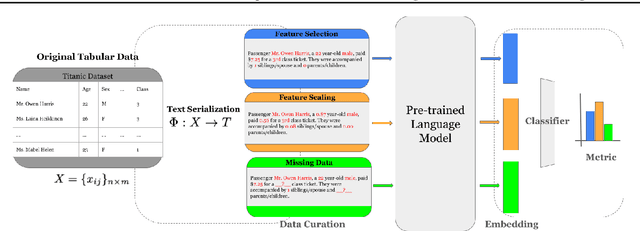
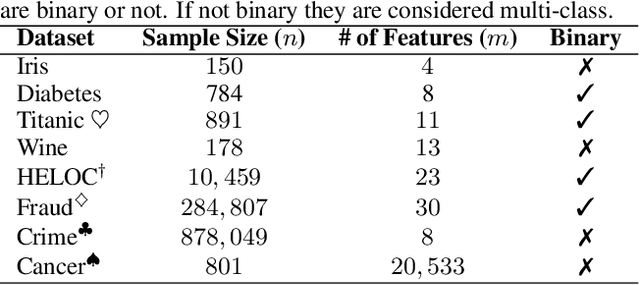
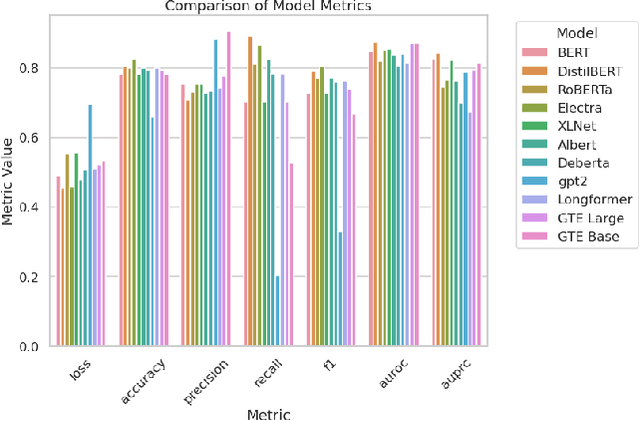

Abstract:Recent research has explored how Language Models (LMs) can be used for feature representation and prediction in tabular machine learning tasks. This involves employing text serialization and supervised fine-tuning (SFT) techniques. Despite the simplicity of these techniques, significant gaps remain in our understanding of the applicability and reliability of LMs in this context. Our study assesses how emerging LM technologies compare with traditional paradigms in tabular machine learning and evaluates the feasibility of adopting similar approaches with these advanced technologies. At the data level, we investigate various methods of data representation and curation of serialized tabular data, exploring their impact on prediction performance. At the classification level, we examine whether text serialization combined with LMs enhances performance on tabular datasets (e.g. class imbalance, distribution shift, biases, and high dimensionality), and assess whether this method represents a state-of-the-art (SOTA) approach for addressing tabular machine learning challenges. Our findings reveal current pre-trained models should not replace conventional approaches.
Enhancing Antibiotic Stewardship using a Natural Language Approach for Better Feature Representation
May 30, 2024Abstract:The rapid emergence of antibiotic-resistant bacteria is recognized as a global healthcare crisis, undermining the efficacy of life-saving antibiotics. This crisis is driven by the improper and overuse of antibiotics, which escalates bacterial resistance. In response, this study explores the use of clinical decision support systems, enhanced through the integration of electronic health records (EHRs), to improve antibiotic stewardship. However, EHR systems present numerous data-level challenges, complicating the effective synthesis and utilization of data. In this work, we transform EHR data into a serialized textual representation and employ pretrained foundation models to demonstrate how this enhanced feature representation can aid in antibiotic susceptibility predictions. Our results suggest that this text representation, combined with foundation models, provides a valuable tool to increase interpretability and support antibiotic stewardship efforts.
Do Large Language Models understand Medical Codes?
Mar 21, 2024
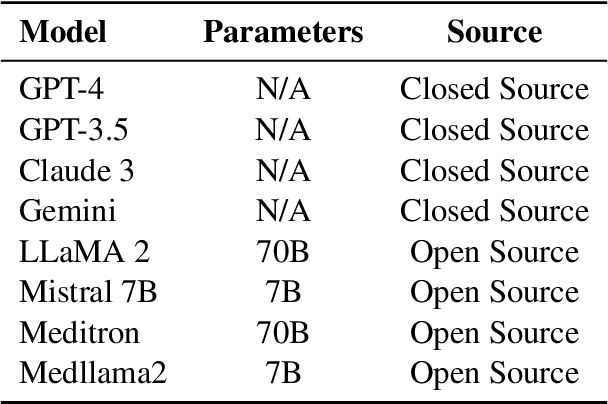
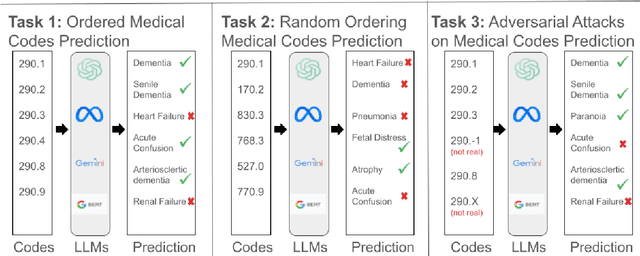

Abstract:The overarching goal of recent AI research has been to make steady progress towards achieving Artificial General Intelligence (AGI), prompting the evaluation of Large Language Models (LLMs) across a variety of tasks and domains. One such domain is healthcare, where LLMs can greatly benefit clinical practice by assisting with a wide range of tasks. However, these models are also prone to producing ``hallucinations" or incorrect responses when faced with queries they cannot adequately address, raising concerns and skepticism, especially within the healthcare community. In this work, we investigate whether LLMs understand and can predict medical codes, which are extensively utilized in healthcare practice. This study aims to delineate the capabilities and limitations of these LLMs. We evaluate various off-the-shelf LLMs (e.g., GPT, LLaMA, etc.) and LLMs specifically designed for biomedical applications to assess their awareness and understanding of these domain-specific terminologies. Our results indicate that these models as they currently stand do not comprehend the meaning of the medical codes, highlighting the need for better representation of these alphanumeric codes extensively used in healthcare. We call for improved strategies to effectively capture and represent the nuances of medical codes and terminologies within LLMs, enabling them to become more reliable and trustworthy tools for healthcare professionals.
Multimodal Clinical Pseudo-notes for Emergency Department Prediction Tasks using Multiple Embedding Model for EHR (MEME)
Jan 31, 2024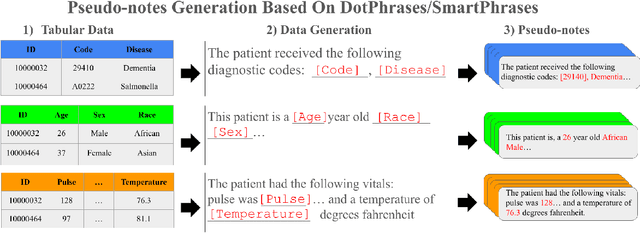


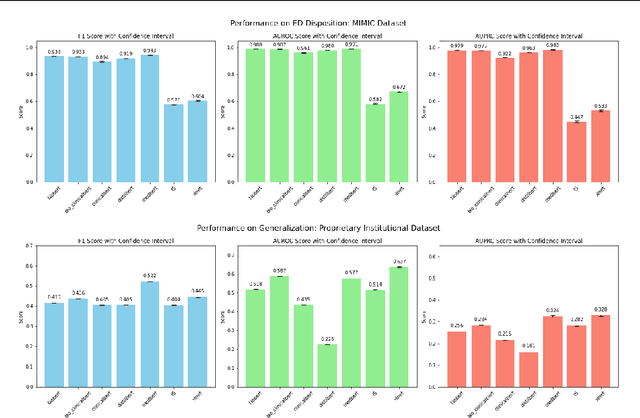
Abstract:In this work, we introduce Multiple Embedding Model for EHR (MEME), an approach that views Electronic Health Records (EHR) as multimodal data. This approach incorporates "pseudo-notes", textual representations of tabular EHR concepts such as diagnoses and medications, and allows us to effectively employ Large Language Models (LLMs) for EHR representation. This framework also adopts a multimodal approach, embedding each EHR modality separately. We demonstrate the effectiveness of MEME by applying it to several tasks within the Emergency Department across multiple hospital systems. Our findings show that MEME surpasses the performance of both single modality embedding methods and traditional machine learning approaches. However, we also observe notable limitations in generalizability across hospital institutions for all tested models.
 Add to Chrome
Add to Chrome Add to Firefox
Add to Firefox Add to Edge
Add to Edge